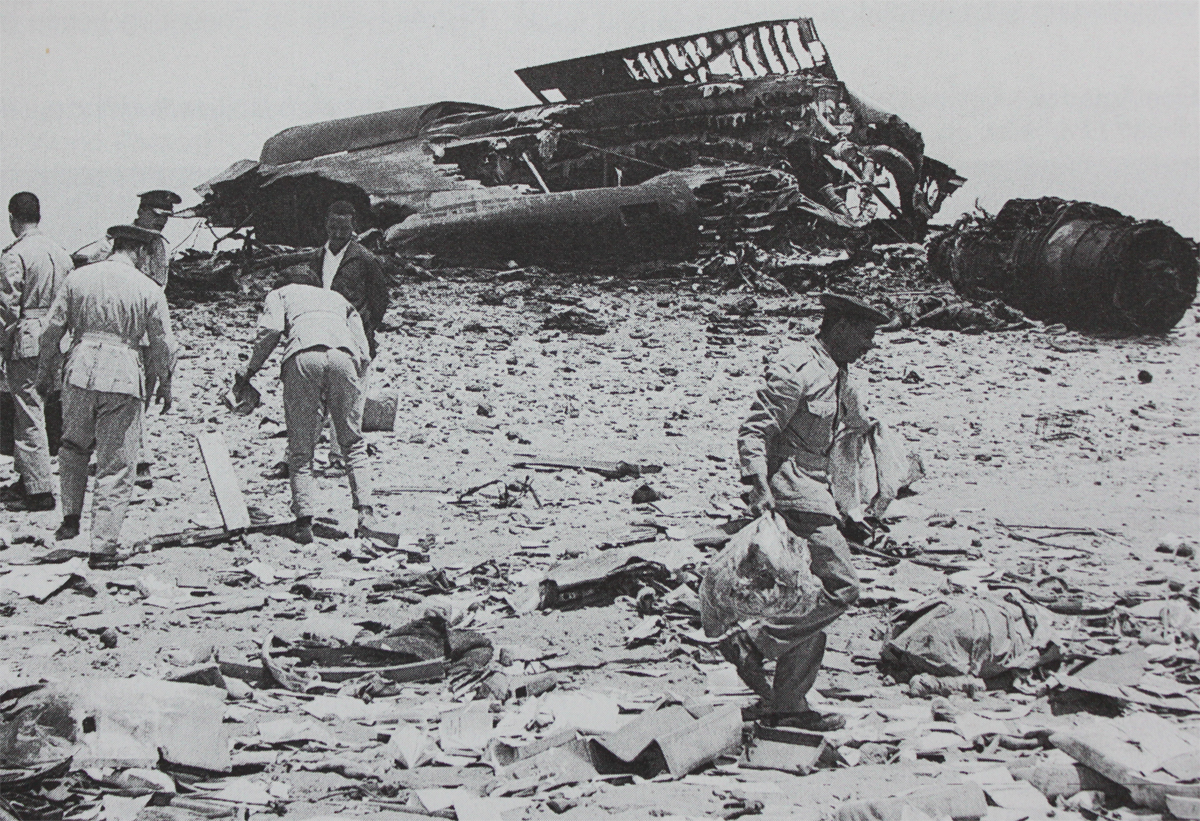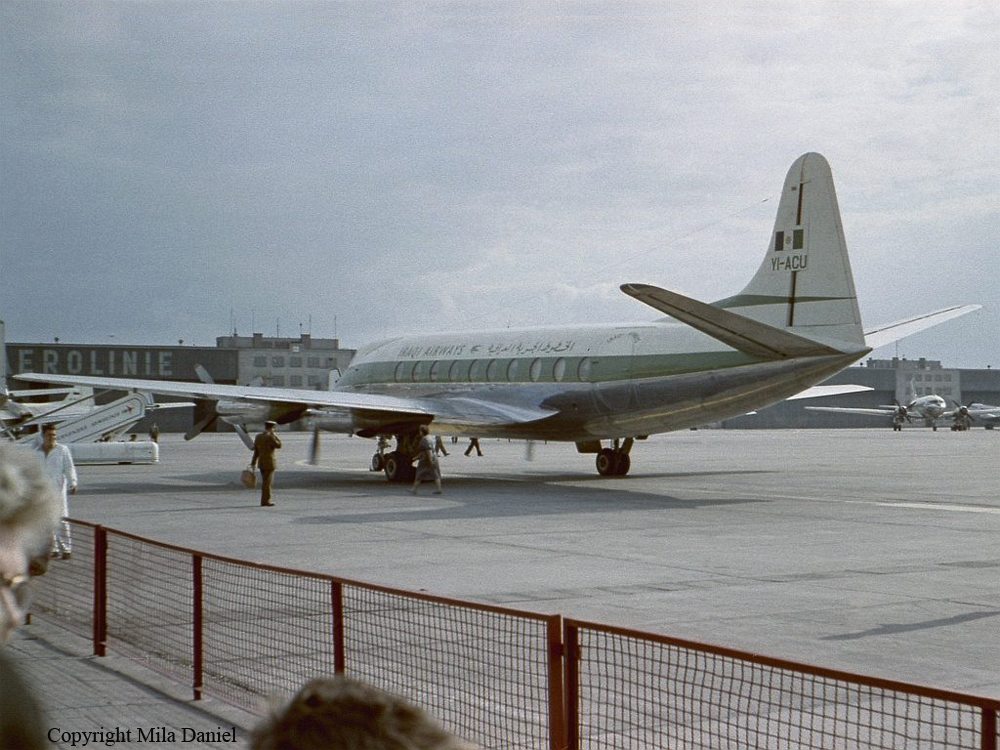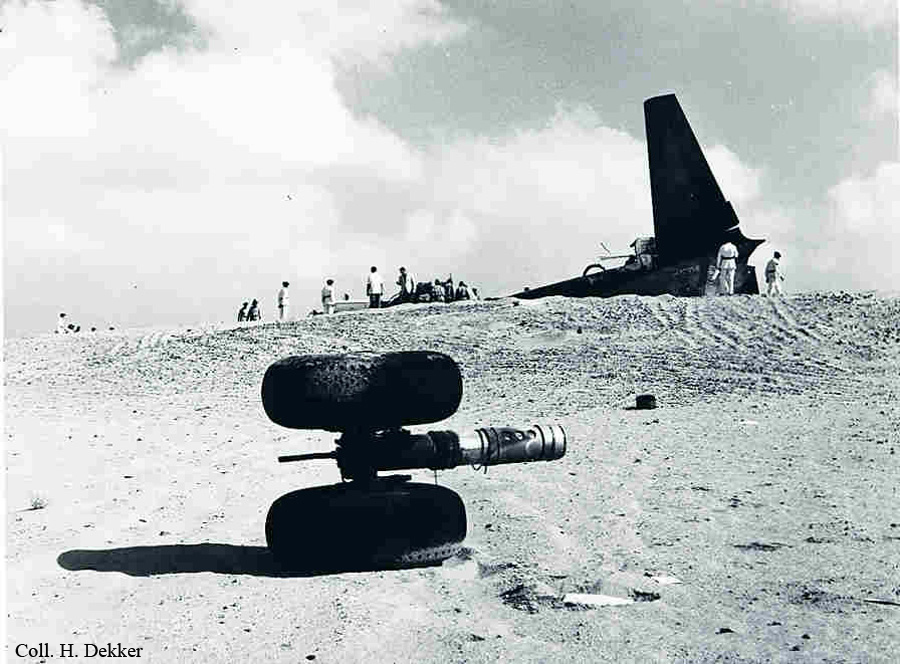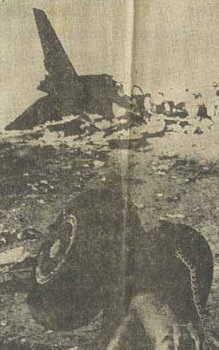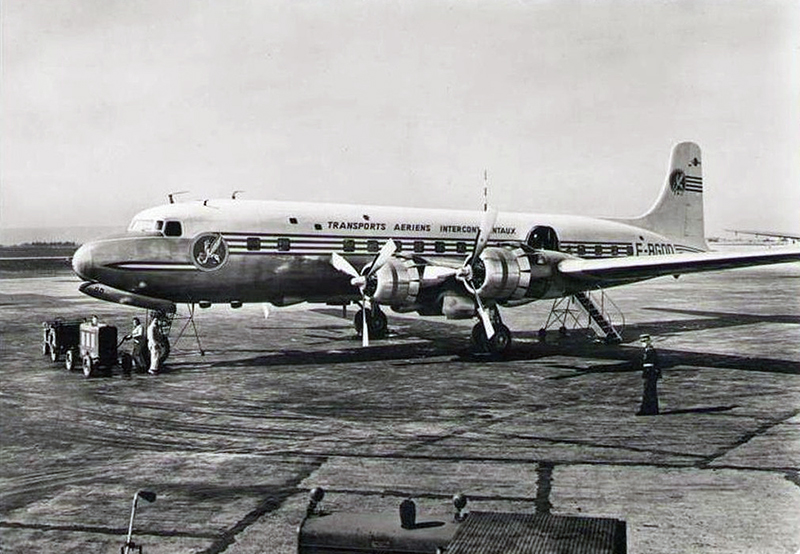Crash of an Antonov AN-24B in Cairo: 3 killed
Date & Time:
Jul 19, 1970
Registration:
SU-ANZ
Survivors:
No
Schedule:
Cairo - Cairo
MSN:
57302007
YOM:
1965
Crew on board:
3
Crew fatalities:
Pax on board:
0
Pax fatalities:
Other fatalities:
Total fatalities:
3
Circumstances:
The crew (one instructeur, a captain and a copilot under supervision) was engaged in a local training flight at Cairo-Intl Airport. Following five successful touch-and-goes, the crew initiated a sixth manoeuvre during which the pilot under training was supposed to perform a complete stop on the runway then to increase power and initiate a take off with one engine inoperative. After liftoff, while climbing to a height of some 50 meters, the airplane banked right to an angle of 90° then crashed by the runway shoulder. The airplane was destroyed and all three crew members were killed.
Probable cause:
It was determined that the pilot-in-command failed to observe the takeoff procedures and adopted a wrong takeoff configuration. The lack of supervision on part of the instructor and the captain was considered as a contributing factor.




